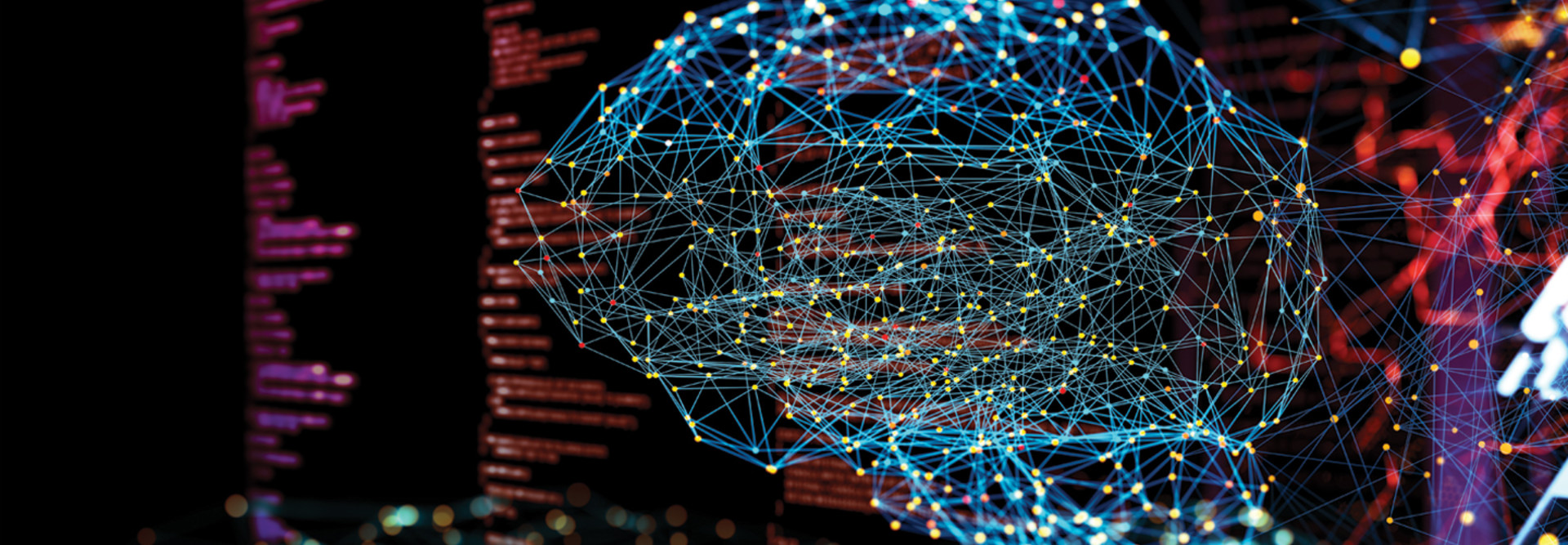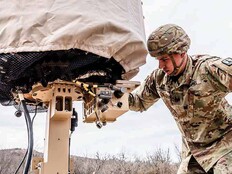Computer Vision Helps Put Imagery in Context
Computer vision can also place images into greater context. One example is the use of “scene intelligence” to gain detailed and accurate insights into a particular environment or person.
Through scene intelligence, a computer vision system can alert users to anomalies that are occurring in a specific place at a certain time. For example, a surveillance camera in an airport could detect a passenger exhibiting an odd gait, which could indicate that person is carrying some kind of weapon. This might be unnoticeable to the naked eye, but the system can detect it by correlating the image data with algorithms that define a normal stride pattern.
What happens if the AI erroneously identifies a person with a disability as a threat? Bias could occur if the data provided to the AI only represents a small subset of available information. In the same way that humans are less prone to bias upon experiencing the diverse world around them, feeding the AI system large, varied and well-represented training data sets will mitigate bias by helping the system learn from multiple data points.
READ MORE: What are the key differences between artificial intelligence and machine learning?
How Sensors and AI Can Aid Agencies
If AI is the brain, computer vision is the eyes. There are many other ways humans absorb information that are currently in the process of being digitalized, all with their own unique benefits.
Technologies that use depth-sensing cameras can mimic human touch, replacing the need to physically tap a screen and resulting in a truly touchless experience — critical during a pandemic. Sensors can detect unusual or suspicious smells that the human nose may not sense or recognize, which can prove important in the identification of dangerous gases.
Still, computers will never replace people. Indeed, AI without humans to interpret and learn from its data is truly a black box. Agencies need data scientists to make sense of the findings, but the real beneficiaries, from a personnel perspective, are the people whose jobs are improved by the insights and recommendations that AI provides.
An automated AI system can help an employee build a better solution by identifying any mistakes the person may make, or by offering solutions to potential problems. Projects like the OpenVINO toolkit are democratizing the creation and use of AI solutions, making the technologies available to those who want to create their own vision applications.
Those applications are going to power the next generation of AI-driven insights. For now, agencies have the ability to see more clearly and accurately through computer vision, which allows them to visualize and address both challenges and opportunities.












